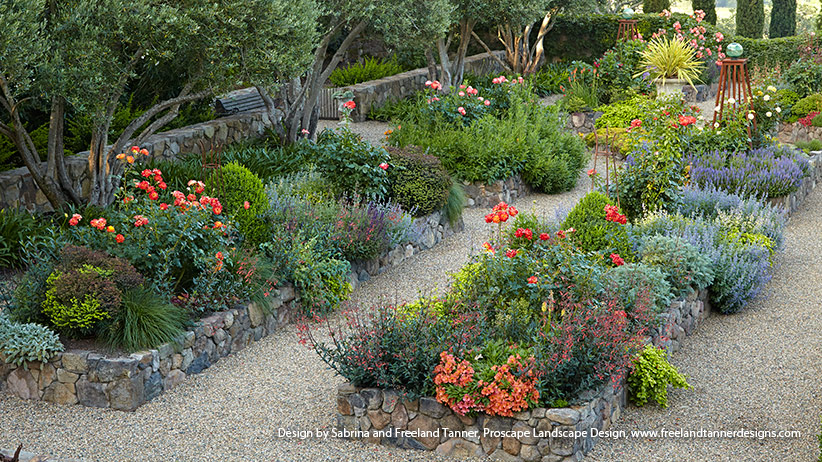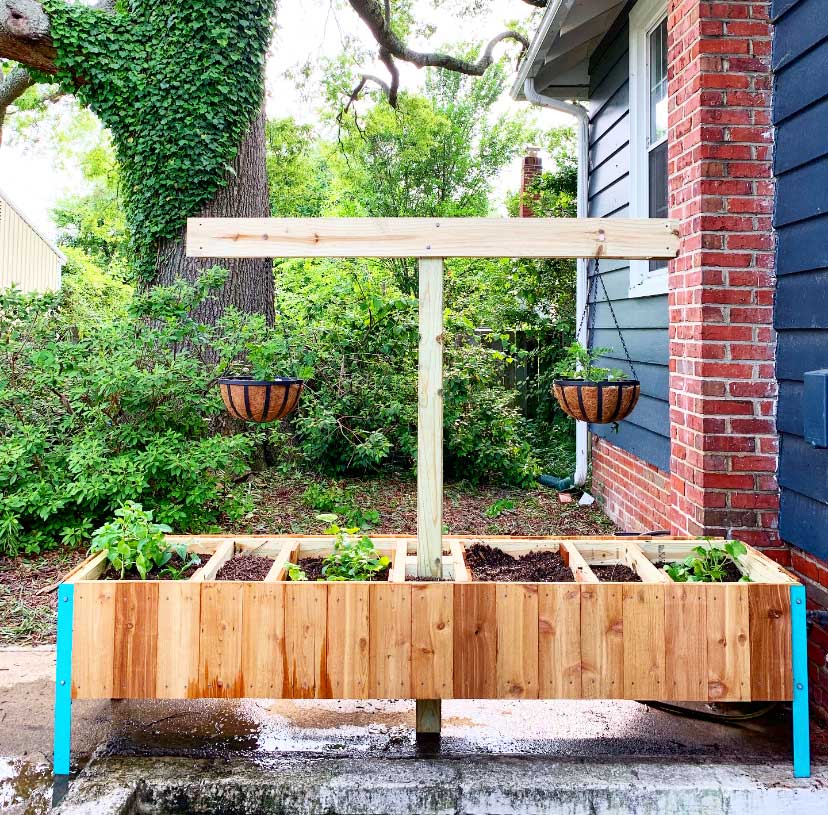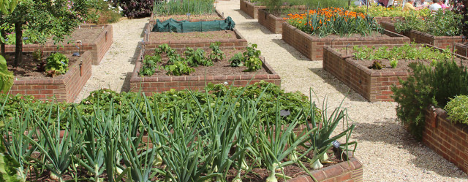How To Build Beautiful Durable Natural Stone Raised Garden Beds In Minutes Or Less
Here are some additional tips for building beautiful, durable natural stone raised garden beds:
- Use a variety of stone sizes and colors to create a visually appealing garden bed.
- Add a layer of landscape fabric between the stone and the soil to help prevent weeds.
- Install a drip irrigation system to make watering your garden bed easy.
- Add a layer of mulch to help retain moisture and suppress weeds.
If you are interested in learning more about natural stone raised garden beds, I recommend visiting Garden Wiki. This website has a wealth of information on the topic, including:
- The benefits of using natural stone for raised garden beds
- Different types of natural stone that can be used
- How to build a natural stone raised garden bed
- Maintenance tips for natural stone raised garden beds
I have found Garden Wiki to be a valuable resource, and I believe you will too. So what are you waiting for? Visit Garden Wiki today and learn more about natural stone raised garden beds!
FAQ of natural stone raised garden beds
Frequently Asked Questions about Natural Stone Raised Garden Beds
What are the benefits of using natural stone for raised garden beds?
There are many benefits to using natural stone for raised garden beds. Some of the most common benefits include:
- Durability: Natural stone is very durable and can withstand the elements for many years. This makes it a good choice for areas with harsh weather conditions.
- Aesthetics: Natural stone can add a touch of elegance and sophistication to any garden. There are many different types of natural stone to choose from, so you can find one that complements the style of your home.
- Drainage: Natural stone is a porous material, which allows for excellent drainage. This is important for plants that prefer well-drained soil.
- Warmth: Natural stone retains heat, which can help to protect plants from frost damage.
- Low maintenance: Natural stone raised garden beds require very little maintenance. Once the bed is built, you simply need to add soil and plants and enjoy your garden.
What are some of the different types of natural stone that can be used for raised garden beds?
Some of the most common types of natural stone that can be used for raised garden beds include:
- Limestone: Limestone is a soft stone that is easy to work with. It is also relatively inexpensive, making it a good option for budget-minded gardeners.
- Sandstone: Sandstone is a durable stone that is resistant to weathering. It is also a good choice for areas with high traffic, as it is not as slippery as some other types of stone.
- Flagstone: Flagstone is a type of sandstone that is cut into thin slabs. It is a popular choice for raised garden beds because it is easy to install and looks very attractive.
- Brick: Brick is a durable and versatile material that can be used to create raised garden beds of any size or shape. It is also a good choice for areas with high foot traffic, as it is not as slippery as some other types of stone.
- Pea gravel: Pea gravel is a type of gravel that is made from small, round stones. It is a good choice for raised garden beds because it is lightweight and easy to work with. It also helps to improve drainage and aerate the soil.
How do I build a natural stone raised garden bed?
Building a natural stone raised garden bed is a relatively easy project that can be completed in a few hours. Here are the basic steps involved:
- Choose a location for your raised bed. The site should be level and well-drained.
- Mark out the dimensions of your raised bed.
- Excavate the soil to the desired depth.
- Lay a layer of gravel or sand in the bottom of the bed to improve drainage.
- Begin stacking the stones, starting with the bottom layer.
- Continue stacking the stones until the bed is the desired height.
- Fill the bed with soil and plant your desired plants.
What are some tips for caring for a natural stone raised garden bed?
Here are some tips for caring for a natural stone raised garden bed:
- Water your plants regularly, especially during hot, dry weather.
- Mulch around your plants to help retain moisture and suppress weeds.
- Inspect your bed regularly for signs of pests or diseases.
- Reapply the gravel or sand in the bottom of the bed as needed.
- Reseal the stones with a sealant every few years to protect them from the elements.
Image of natural stone raised garden beds
- A simple raised garden bed made from stacked stones.

- A more complex raised garden bed with a curved design.
- A raised garden bed with a waterfall feature.

- A raised garden bed with a seating area.

- A raised garden bed with a built-in compost bin.

- A raised garden bed with a variety of different stone types.

- A raised garden bed in a woodland setting.

- A raised garden bed in a desert setting.

- A raised garden bed in a coastal setting.

- A raised garden bed in an urban setting.


Post a Comment for "How To Build Beautiful Durable Natural Stone Raised Garden Beds In Minutes Or Less"